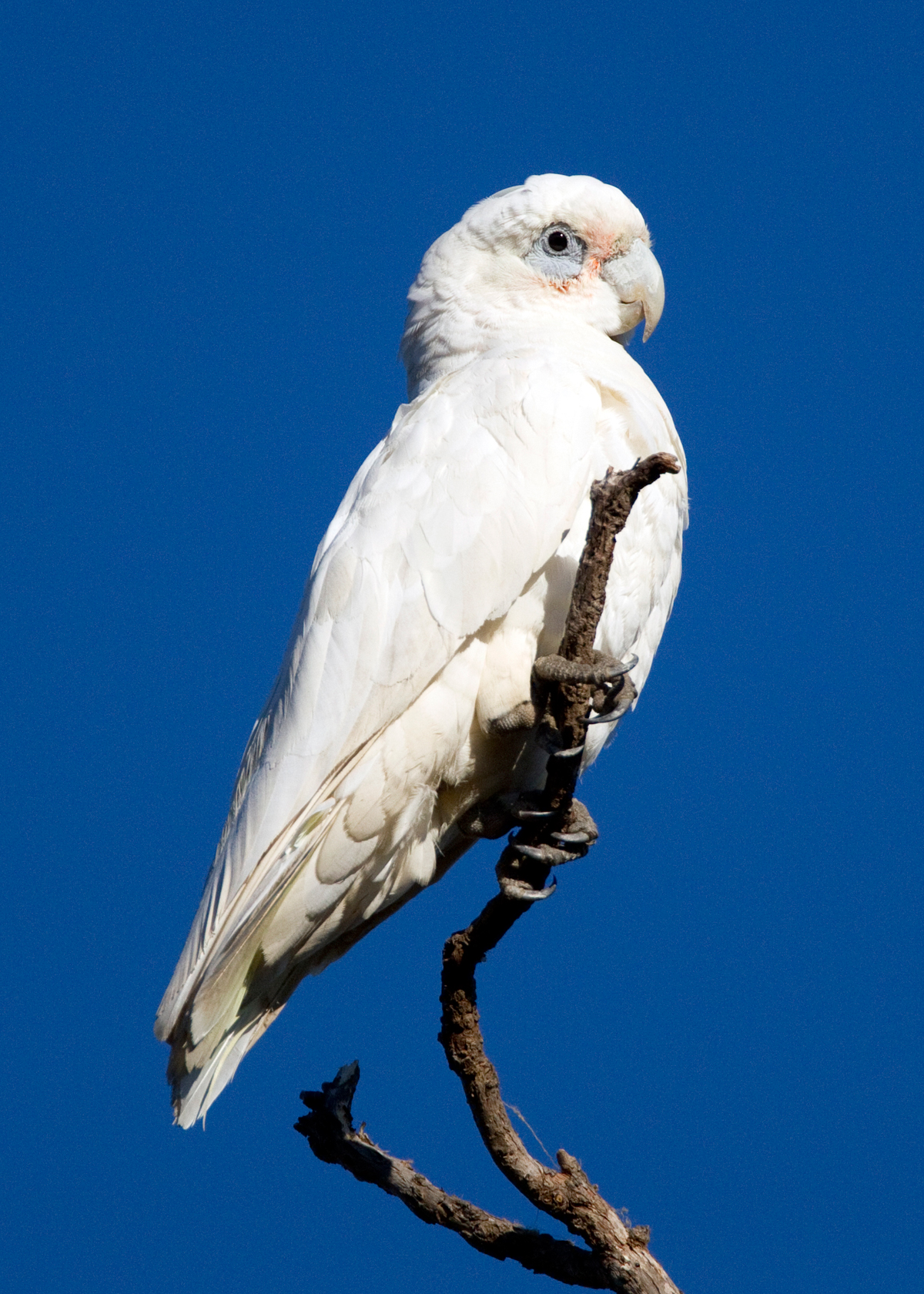
LongBilledCorella Chris Hill Wildlife Photography
Long-billed Corella is a lovely cockatoo with white plumage, native of south eastern Australia. First record was by Kuhl, in 1820s. Long-billed corella adult has white plumage. Undertail and underwings are suffused pale yellow, very conspicuous in flight. It has red colouring on throat and breast, with a neat red crescent on upper breast.
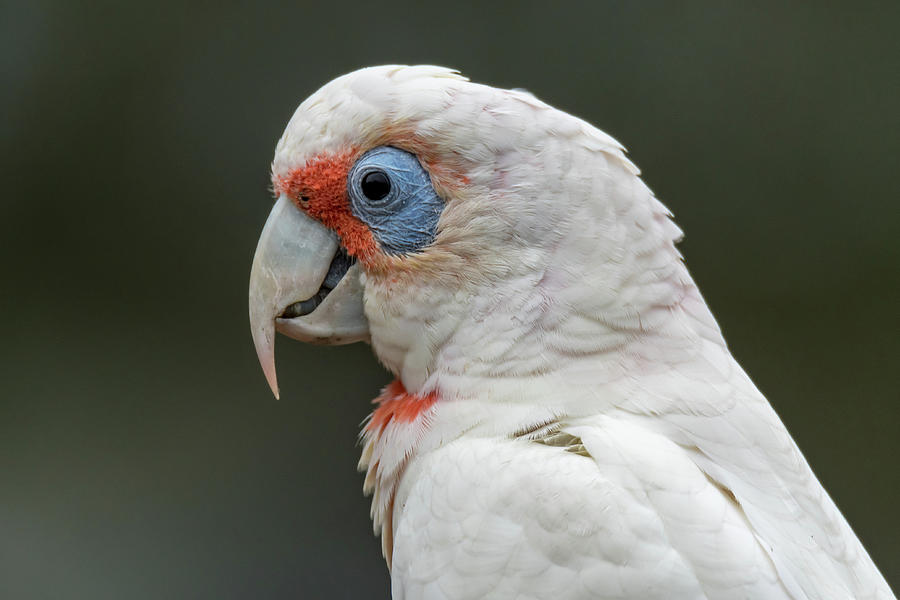
Longbilled Corella Photograph by Merrillie Redden
Cacatua tenuirostris ( Kuhl, H 1820) The long-billed corella or slender-billed corella is a cockatoo native to Australia, which is similar in appearance to the little corella. This species is mostly white, with a reddish-pink face and forehead, and has a long, pale beak, which is used to dig for roots and seeds.
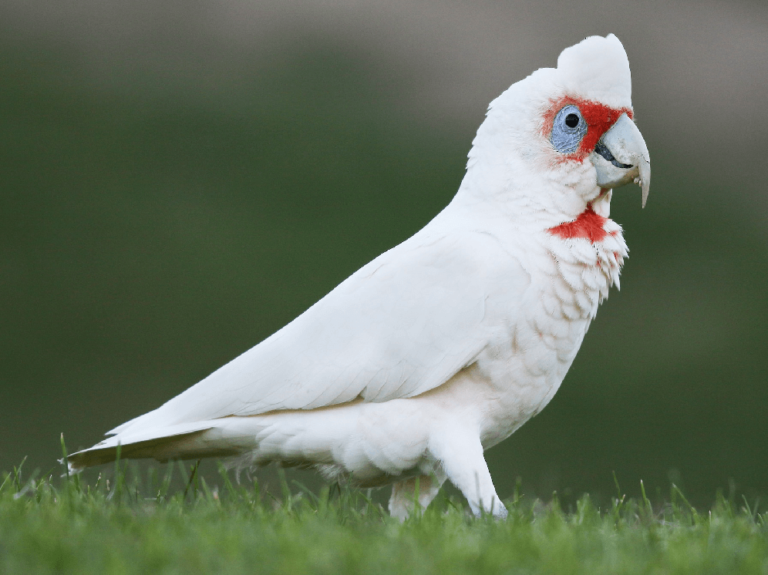
Longbilled Corella Cacatua tenuirostris Health personality intelligence
Step into the world of the Long-Billed Corella (Cacatua tenuirostris) with our captivating sounds video. Immerse yourself in the melodic calls of these charm.
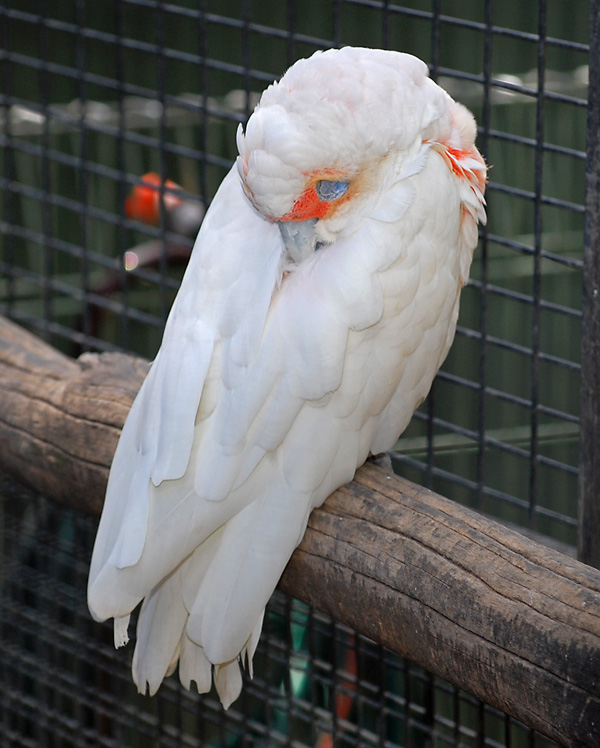
Longbilled Corella Cacatua tenuirostris
The long-billed corella is native to Australia and is common on the Northern coast. They live on grasslands and open fields. They are getting more and more common in urban areas as well. Long billed corella as a pet In Australia this species of cockatoo is common as a pet, while in Europe it is much less common.
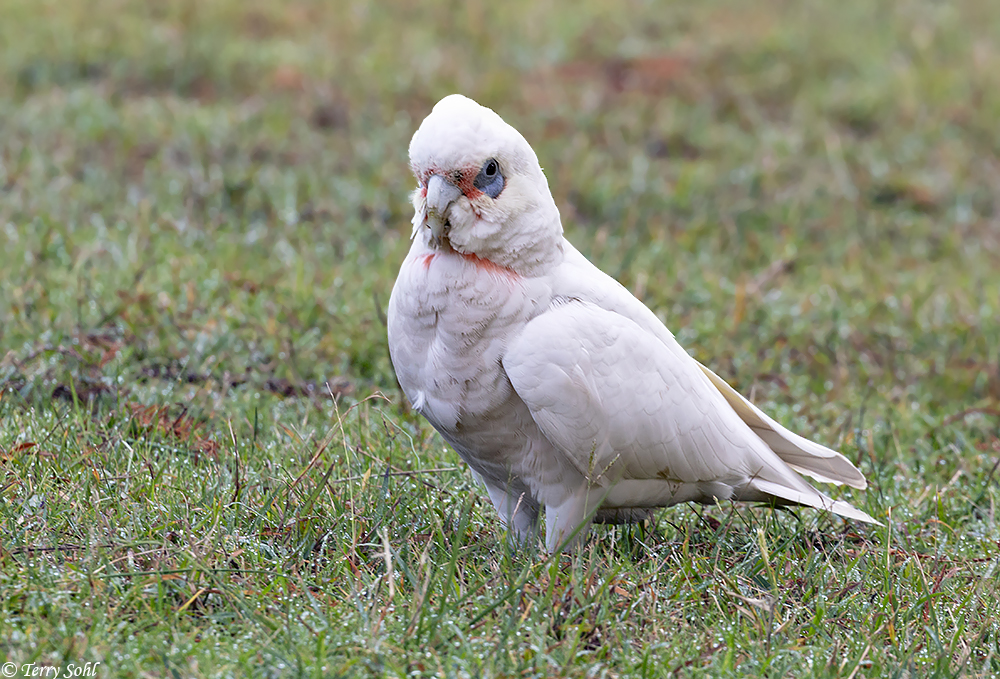
Longbilled Corella Photos Photographs Pictures
Long-billed Corella Did you know? The scientific name for the genus that includes corellas, Cacatua, comes from the Malay word for a cockatoo: 'kakatuwah'. It means 'a vice', referring to their powerful bills. Calls A loud, quavering, two-syllable 'wulluk-wulluk' or 'cadillac-cadillac', as well as a harsh screech. play stop mute previous next 00:00

LongBilledCorella_63521 Chris Hill Wildlife Photography
Medium-sized white cockatoo with a small crest and an extremely long, pointed upper mandible. Body entirely white with pink patches around eye and chin. Typically occurs in grassy habitat, and is often seen feeding in parks or sporting grounds. It uses its long upper mandible to dig for roots and seeds. Its call is more clipped and staccato than Little Corella. Native to southeastern Australia.

Longbilled corella
Description: Length 43-48 cm. Weight 560-815 g. Mostly white, underparts often stained or dirty, except for orange lores (space between eye and bill) and more or less concealed orange bases of head, neck, breast and belly feathers and for much pale yellow on under wings and tail; bare skin around eye bluish grey.

Longbilled Corella Friends of Queens Park Bushland
The long-billed corella is a native of Australia where escapes of pet birds have allowed them to expand their range considerably. They are primarily herbivores and will feed mostly on grass seeds with bulbs and roots also consumed. Occasionally they will also feed on insects.
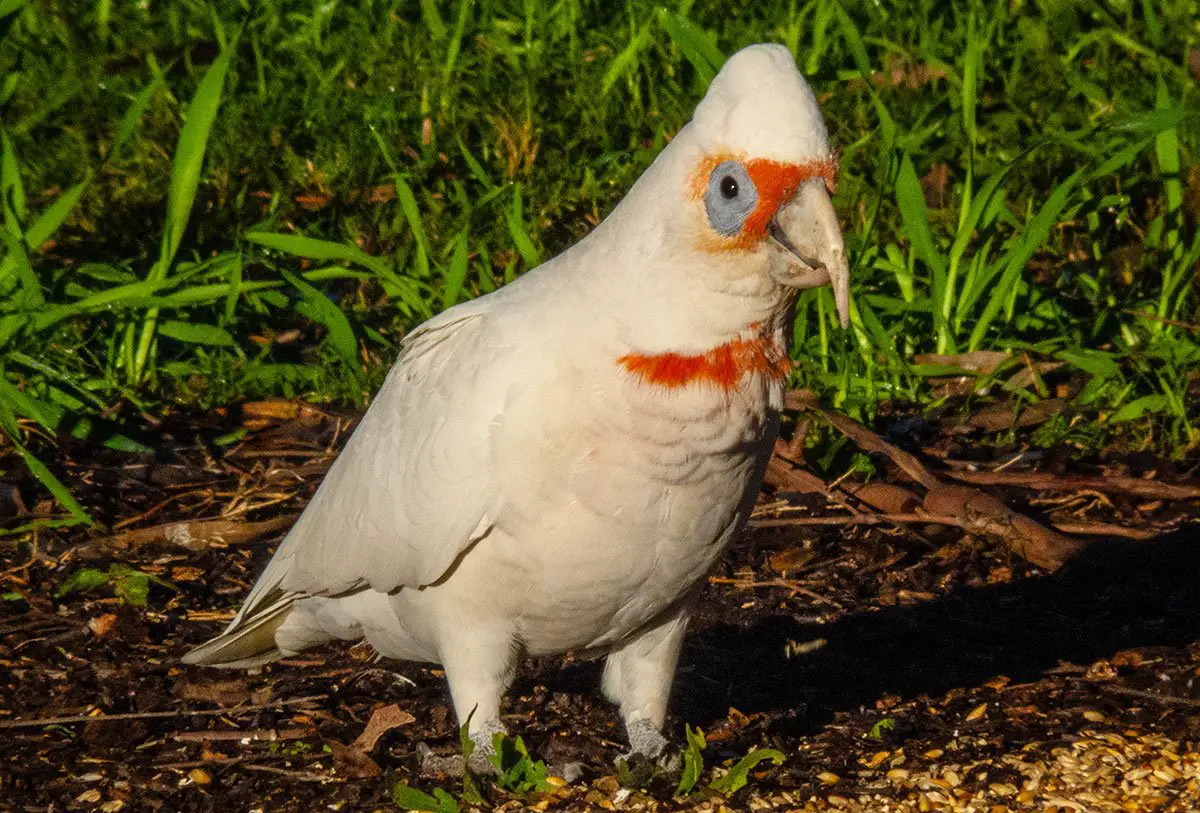
LongBilled Corella The Animal Facts Appearance, Diet, Habitat
Little Corellas are an unprotected species in South Australia. No permit is required from the Department for Environment and Water to destroy Little Corellas by shooting, but a permit is required from the department, in accordance with the National Parks and Wildlife Act 1972 (NPW Act), where destruction is planned any other means.

Longbilled Corella
Long-tailed Paradigalla. Scientific name. Pale-billed Sicklebill. Riversleigh Cockatoo. The Australian Museum respects and acknowledges the Gadigal people as the First Peoples and Traditional Custodians of the land and waterways on which the Museum stands. We pay our respect to Aboriginal Elders and recognise their continuous connection to Country.
_0.JPG?itok=AoNcIzWZ)
Longbilled Corella BIRDS in BACKYARDS
Long-billed corella Behavior. Is resident in their range, few local movements. Out of breeding season, You can see it in large flocks of up to 2,000 birds or more. Are loud and conspicuous, uttering discordant calls. They perch on large Eucalyptus trees near water. They leave the roost in the morning to drink, then access the food modules.
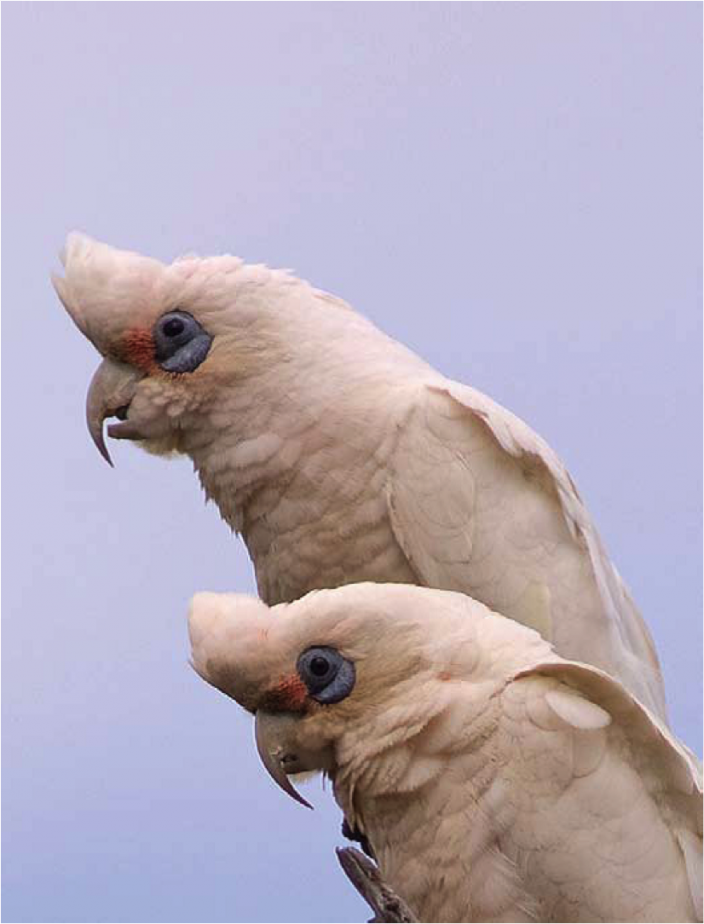
Corellas Western Australian Museum
Little Corella. Image copyright Roger Smith The Western Long-billed Corella Cacatua pastinator has a much longer bill than the Little Corella and has more extensive orange-red colour visible on the face and throat. Unfortunately this bird is no longer found around Perth where it once occurred fairly abundantly.

Longbilled Corella The Australian Museum
Escapee: Exotic species known or suspected to be escaped or released, including those that have bred but don't yet fulfill the criteria for Provisional. Escapee exotics do not count in official eBird totals. Learn about Little x Long-billed Corella (hybrid): explore photos, sounds, and observations collected by birders around the world.
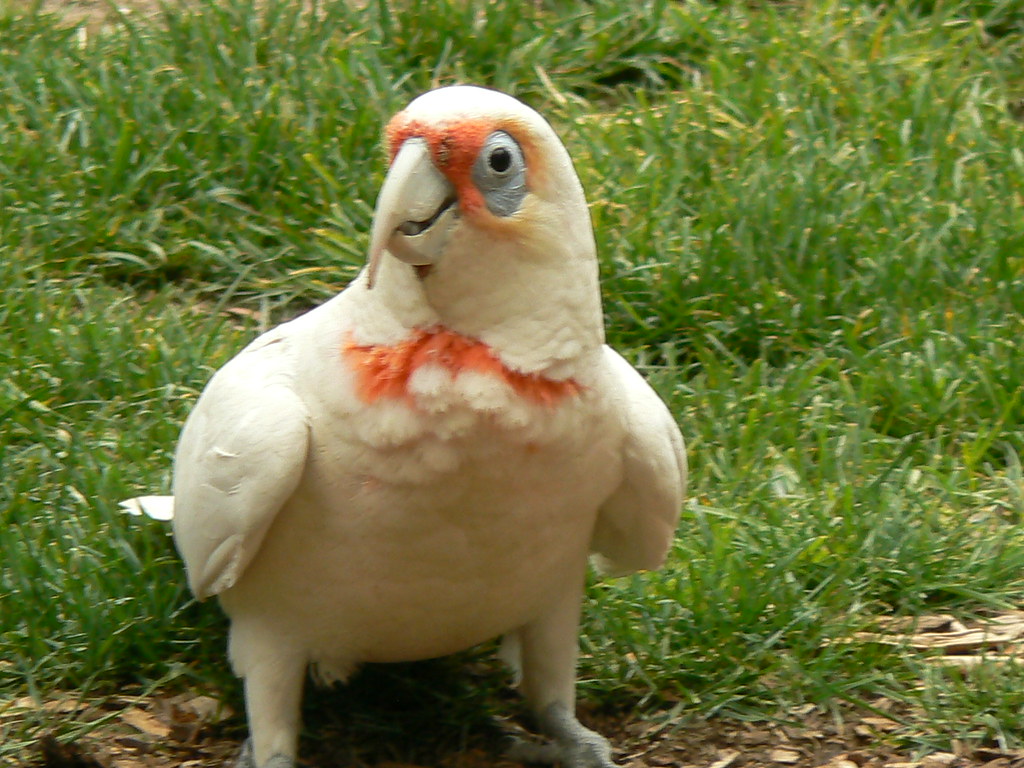
LongBilled Corella This beautiful longbilled corella is … Flickr
The western corella ( Cacatua pastinator) also known as the western long-billed corella, is a species of white cockatoo endemic to south-western Australia . Taxonomy Cacatuidae is one of three families of the large and diverse avian order Psittaciformes which consists of 370 species. [2]
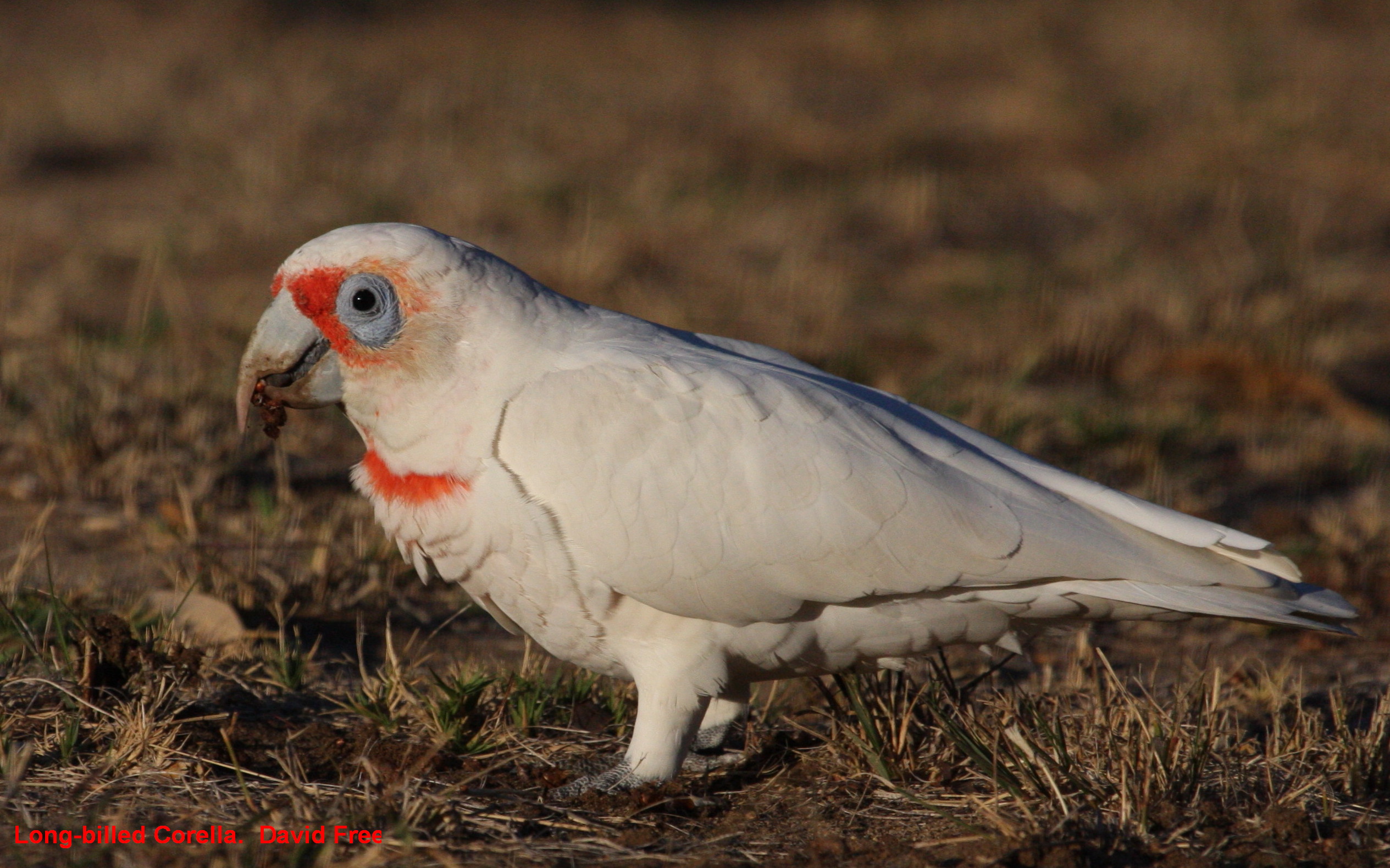
Longbilled Corella Friends of Lake Claremont
The long-billed corella or slender-billed corella ( Cacatua tenuirostris ) is a cockatoo native to Australia, which is similar in appearance to the little corella. This species is mostly white, with a reddish-pink face and forehead, and has a long, pale beak, which is used to dig for roots and seeds.
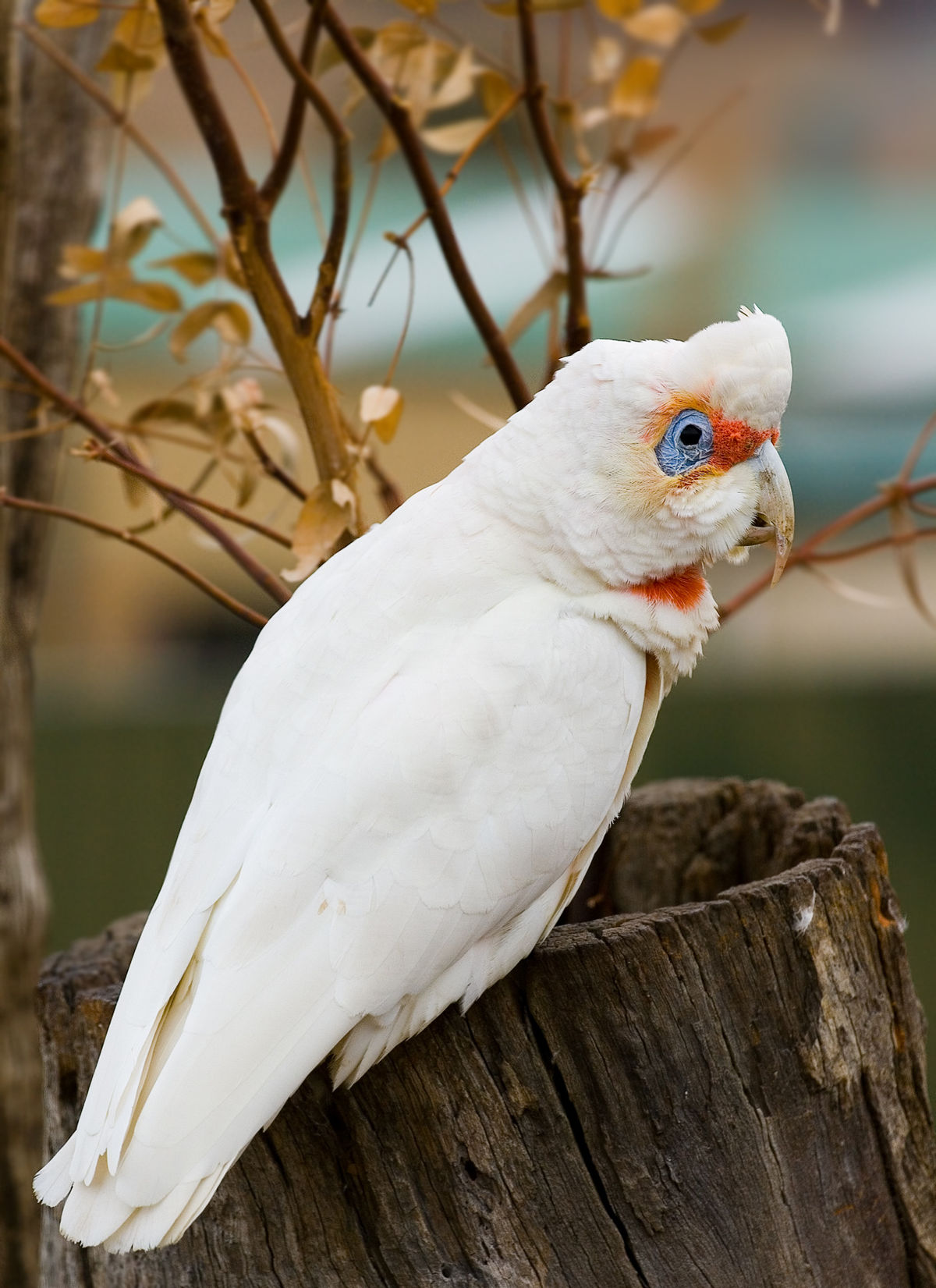
Longbilled corella Wikipedia
The long-billed corella is also called the slendar-billed corella. The scientific name is Cacatua tenuirostris. They are native to Australia but found mostly in the southeastern region. They are also spotted in urban areas such as Perth and Sydney. This is due mainly to pets birds being released or escaping into the wild. Appearance